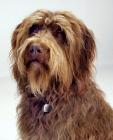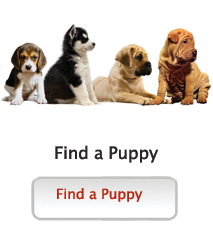Labradoodle
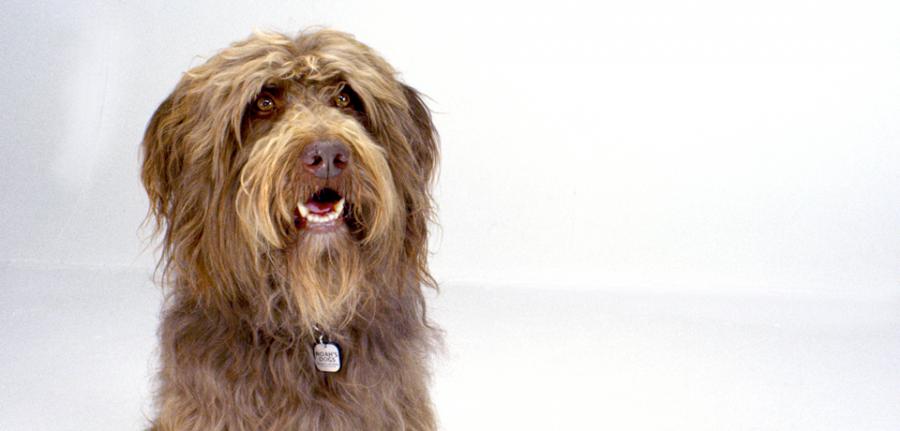
In my own words
Wait, it’s a red light! I’m just guiding my owner at the moment: she’s partially blind and suffers with severe Asthma. I was bred part Labrador part poodle to carryout the Labrador’s guide –dog responsibilities, without causing my owner any wheezing or sneezing.
Us Doodles (that’s our nick name), we don’t have to be guide dogs. Just like the Labrador and the poodle, we make great family pets too. However, my fellow Doodles and I haven’t even existed a decade yet, which is why we have yet to be categorised into any group. We vary in sizes too. We’re an intuitive kind and learn fast. “
My ideal owner(s)
Families
What they say about me
Affectionate
Love people
Good Guide dog
Please read on, to find out more about me, and whether I will be someone you can be happy with for the next 12 years, or even longer!
Is this Mixed / Cross Breed for you?
Test your knowledge about the Mixed / Cross Breed
Information essential about the Labradoodle
The breed is not recognised yet by the Kennel Club, therefore no Breed Standard has been set. It is a cross between a Labrador (Gundog Group) and a Poodle (Utility Group).
In an effort to protect the Labradoodle's future, the International Labradoodle Association was founded to create a Registry, similar to the Kennel Club, for recording litters, registering dogs and ensuring responsible breeding
Size: Medium
The labradoodle is classified into three different sizes Miniature, Medium and Standard (similar to the poodle).
Therefore a Labradoodle can vary in height from12 to 28 inches. Its weight can vary from 10kg – 40kg.
There’s a size to suit everyone!
Popularity:
This dog has become very popular in home life making a wonderful companion for many families. Proper research must be done when interested in a mixed breed as their origins and temperament may be unknown
Breed History:
A Labradoodle is a mixed-breed dog created by crossing the Labrador Retriever and the Standard or Miniature Poodle. The first known use of the term "Labradoodle" was by Sir Donald Campbell to describe his Labrador/Poodle cross dog in his 1955 book, "Into the Water Barrier".
The cross breed was later evolved as an assistant dog for people with allergies and/or asthma. In the eighties Wally Cochran at the Royal Guide Dog Association in Australia, wanted to place an assistance dog with a vision-impaired woman in Hawaii whose husband suffered from allergies. There were 3 puppies in the first litter. One pup named ‘Sultan’ proved to have an allergy-friendly coat and was suitable to be a guide dog. Unsure what to call the pups they coined the phrase “Labradoodle”. Since then there have been two Breeding and Research Centres established for the Labradoodle. These Breeding Centres bred Labradoodle to Labradoodle, seeking consistency and uniformity. Some early litters had low to no shedding dogs whilst other matings produced shedding pups. But it was encouraging enough results to continue and preserve. Hence the Labradoodle was created and is now bred worldwide.
Character:
Due to the hybrid genetics of the labradoodlle, puppies may not have consistently predictable characteristics. While many Labradoodles display desired traits, their appearance and behavioural characteristics remain, to some extent, unpredictable.
Though over all, this breed is very intuitive and energetic. The Labradoodle makes a good companion dog and does well as a service animal with the right training. This dog is becoming very popular in the average home environment. Labradoodles often display an affinity for water and strong swimming ability from their parent breeds
Temperament:
As intelligent family dogs, Labradoodles can sometimes be too clever for their own good. They take pleasure in obedience but can also find ways to entertain themselves by outwitting their owners by opening doors or playing tricks.
They make good watchdogs and should get along well with children if properly socialized. However the temperament of the Poodle may linger which can cause issues in the future. The Labradoodle should get along well with other dogs if socialized properly and raised with them from puppy-hood, however has unknown tendencies when it comes to smaller animals.
Conformation:
The diversity in Labradoodles is incredible: they span 3 sizes, multiple generations, 8 colours and 3 coat types. All Labradoodles are lovely pets and make wonderful companions with a cheeky, scruffy irresistible quality. First crosses tend to be the largest size (Standard). Multi-Generation Labradoodles come in all three sizes and should have a softer, longer coat which usually shows lower shedding. As such, Labradoodles' hair can be anywhere from wiry to soft, and may be straight, wavy, or curly. Many Labradoodles do shed, although the coat usually sheds less and has less dog smellthan that of a Labrador retriever.
Labradoodle coats are divided into three categories: wool (with tight curls, and similar in appearance to that of a Poodle, but with a softer texture); fleece (soft and free-flowing, with a kinked or wavy appearance); or hair (which can be curly, straight or wavy, but is more similar in texture to a Labrador's coat).
Colour:
Labradoodles coat colours include chocolate, cafe, parchment, cream, gold, apricot, red, black, blue, white, silver and chalk (generally any colour a poodle can have).
Training:
The Labradoodle is a very intelligent dog combining the extreme trainability of both the Poodle and the Lab. They do well in agility sports and are very easy to train. Training techniques can and should be changed regularly to make training fun and keep this dogs attention. The Labradoodle should be very easy to housebreak if training is consistent, and does very well in many different sports.
Care:
Labradoodles are not fussy or particularly greedy eaters. Nor are they prone to obesity.
They require grooming once a week. Shedding does vary. According to Generation, Labradoodles, particularly First Crosses can shed. However low to non-shedding Labradoodles can be breed and are more common in Australian Multi-Generational Labradoodles. All coats require a regular trim around their eyes and feet to ensure they can see out, and to help reduce mud being dragged in on paws!! Nails need clipping. It is possible to groom a Labradoodle yourself. However many owners do prefer a professional groomer to have a good clip occasionally particularly fleece doodles when their adult coat comes through.
They will adapt quite readily to the amount of time you have for walks, however they will not thrive without human contact. Care should be taken in first year not to over-exercise or allow puppy to run up/down hills or on stairs. Whilst happy to walk with you they love to run and play off the lead.
Health:
The problems the Labradoodle could contend with are largely due to genetic problems in the parent breeds. It is essential when purchasing a puppy to ensure the parents have been screened for hereditary problems. Hip dysplasia, elbow dysplasia, progressive retinal atrophy should be tested for. Ear Infections are also known of: due to the Poodle parent, hair grows in doodle’s ears, which should be checked regularly to reduce the risk of infection.
Australian Labradoodles have been known to suffer from progressive retinal atrophy (PRA), an inherited disease causing blindness, which occurs in both Miniature Poodles and Cocker Spaniels. It is recommended that Australian Labradoodles be DNA tested for PRA before being bred.
UK Labradoodles have a high incidence (4.6%) of multifocal retinal dysplasia compared to Labradors. Cataract is common as well (3.7%) but prevalence is comparable to that of Labradors.
Labradoodles usually live between 10 -15 years of age. The average number of pups in a litter is approximately 8. But litters can vary from 4, with 15 being the largest known!
You may also like:
Labradoodles looking for a home in UK »


Labradoodles and their owners »





If you like Labradoodles, you may be interested in breeds of the same size »
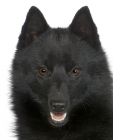
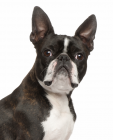

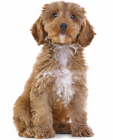
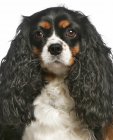
If you like Labradoodles, you may like other breeds with similar characteristics »
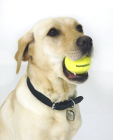

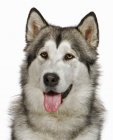
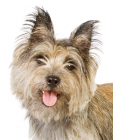
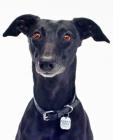
If you like Labradoodles, you may be interested in these other utility dogs »
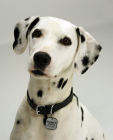
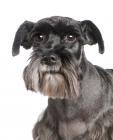
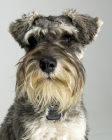

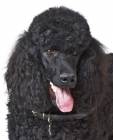
Advice on choosing your breed »
Find an animal shelter or rescue home where a Labradoodle is waiting for a new home »
The following grid gives a fast track review, which covers all breeds. You can apply it to help you decide if a Labradoodle is suitable for you, the environment where you live, your personality and your lifestyle. On the grid, 1= strongly disagree, and 5= strongly agree. You might like to save or print off this section and keep it for reference while you check some other breeds before making your final choice.
Add your own ratings on this breed »
|
*PLEASE NOTE: All our breed profiles are general, and all dogs are individuals. Always talk to the breeders and meet the owners you are buying from. Try to meet the dog and its parents if it is a puppy in their home environment.









